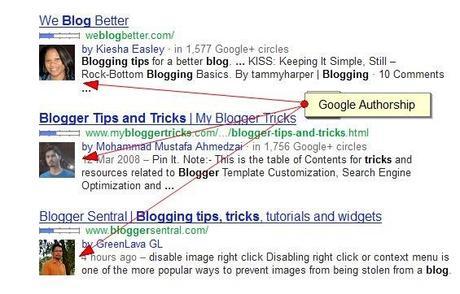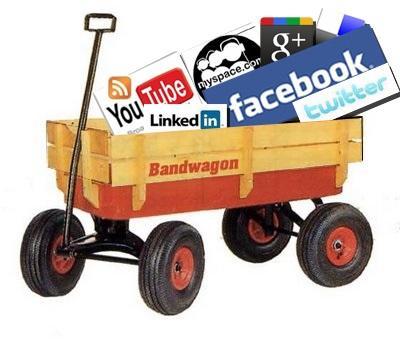When Penguin 2.0 and Panda Update 26 began marauding across the web, many of us went right off the deep end. Unhinged from comfy 1st-3rd page rankings, some were unceremoniously dropped right back to the 10th page or worse. But Google’s twin assassins were actually good news to a lot of websites too, boosting their sites to the top rungs of SERPs.
Regardless of whether we were affected by Google’s most recent rollouts or not, it’s apparent that SEO is exponentially progressing at a speed we can barely keep up with. What’s more, Matt Cutts is even hinting that they’ll no longer be leaving clues around cyberspace about future Panda updates, leaving us very much at their mercy. In future, Google will ‘gradually’ roll out changes over a few days, leaving us less certain as to what any fluctuations are indicating.
Does that make us pitiful? Of course not!
Although the SEO landscape is turning into pretty rugged terrain, it’s a challenge we should all say, ‘YES!’ to.
Clamour for News

In a gist, gone are the days of abrupt attacks. Unfortunately, this too means that we’re left blind and clamouring for the light switch until after we’ve felt the tremors of Google’s updates.
This is why IT IS YOUR JOB to read, read, and read more news related to SEO. Head over to Moz, Search Engine Land, or Search Engine Watch to get the latest scoop on all things ‘recent’. In fact, you can even join the conversation and post your own news update, article, or opinion piece about a topic.
Basically, try to keep up with the latest SEO gossip and contribute when you can.
Own the Title

Months after Google Authorship was presented in the search results, a lot of writers and website owners staked claims on their published content by linking to their Google profiles. Sure, we initially saw it as an invite to create our social profiles in Google+; a move that would effectively boost the network’s numbers. But over the course of just a few months, we realised that Authorship really had its merits.
We all succumb to the power of Authorship without us fully realising it. When we browse through SERPs, there’s a much higher chance that we click on snippets with faces of authors on them and a brief bio, right? There you go!
Write Longer

(image source: http://thewritingfortress.tumblr.com/)
Sure, a lot of us prefer reading articles with less than 500 words. The info is more direct and there’s less fluff to the writing. However, it’s been found by Moz that articles with a higher word count have a better chance of getting inbound links than those with a lower word count.
More to the point, quality links bear more weight than quantity, a fact proven by longer articles with higher website traffic and better incoming links.
This doesn’t mean you should stop with 400-word articles altogether. It’s just a matter of finding the right balance. A few 1000-word articles are probably better than a horde of 300-word articles with very little depth and info.
Surrender to Mobile

Is it so hard to believe that a few years ago, our coolest set of phones were the Nokia 3310 models, and now there’s a new touchscreen device rolling out almost every quarter from Apple, Samsung, Sony, and other big phone manufacturers?
Just a few years ago, the concept of the smartphone was still catching on. Today, almost 40% of internet time is accessed via mobile devices, a figure given by Marketing Land. What does this mean for us?
There’s a pressing need to adapt to the mobile trend and morph our websites and blogs into mobile-friendly formats. Else, you’ll be giving up a huge percent of potential traffic and conversions from smartphone loyalists. An RWD (Responsive Web Design) is by far the best way to tap into the smartphone user demographic.
Climb the Bandwagon

During the Friendster fad and the Myspace mania, people raved about the new and convenient platforms by which we could communicate with friends and family. But with their extinction and with the present rule of Facebook, Twitter, Instagram and Youtube, social networking isn’t just a pastime, but has turned into a culture. When you don’t have Facebook or Twitter, you simply don’t exist. It’s that powerful.
You need this kind of power if you’ve any hope of surviving this treacherous SEO landscape. Get on board with social media and start creating your own community of social sharers.
Conclusion
These little offerings may help you conquer the rough plains of SEO this year, and in succeeding years, providing that you stay true to your goal — satisfying your audience.
Tell me how you fare!
